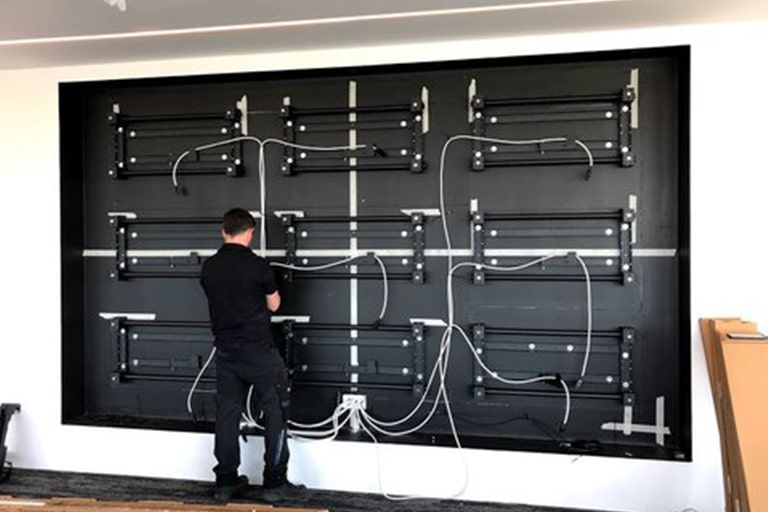
Positioning security cameras effectively efficiently is essential to enhancing surveillance across various settings, such as homes, commercial properties, as well as public areas. The primary objective of security systems is to discourage crime while also provide proof in instances of incidents. To attain this, it is essential to take into account several elements, such as camera location, range of vision, and the particular areas that need monitoring. By comprehending these factors, people and entities can create a thorough surveillance strategy that optimizes the effectiveness of their surveillance systems.
One of the initial actions in placing security cameras involves to identify critical areas that require surveillance. High-risk zones, including entry points, exits, parking lots, as well as areas with high-value items, should be given priority. It is crucial to consider areas not visible, that are areas that might not be seen from certain perspectives. By mapping out these key areas, security staff can ensure that every nook is observed, reducing the likelihood of criminal actions going unnoticed. Additionally, installing cameras at key locations can help form a comprehensive perspective of the premises, enabling for better overall surveillance coverage.
The viewing angle of a security camera is another crucial factor to take into account. Different types of surveillance systems provide varying ranges of view, that can affect how much space is captured in the video. For instance, broad-view cameras can cover bigger spaces, rendering them ideal for spacious locations, whereas pan-tilt-zoom cameras can be modified to focus on specific details. When placing surveillance systems, it becomes essential to choose the appropriate kind based on the area being monitored. This guarantees that the system can capture sharp footage and provide valuable information in the event of an occurrence.
Height and angle of installation also play a significant role in the go to website efficacy of surveillance systems. Surveillance systems should be mounted at a height that is out of grasp of possible interference but also allows for clear visibility of faces and additional recognizable details. A common recommendation is install systems at least 8 to 10 ft off the floor. Additionally, the tilt at which the camera is set can affect its capability to capture important details. Surveillance systems must be tilted to minimize glare and prevent obstructions, guaranteeing that they can capture sharp footage at any times.
In conclusion, routine upkeep and updates to the security system is essential for long-term effectiveness. This entails inspecting system functionality, wiping lenses, and ensuring that firmware remains current. Regular assessments of the monitoring plan can help identify any additional areas not visible or locations that may require extra coverage. By staying proactive and implementing required adjustments, individuals and entities can improve their monitoring effectiveness and guarantee that their security systems remain to fulfill their intended purpose.